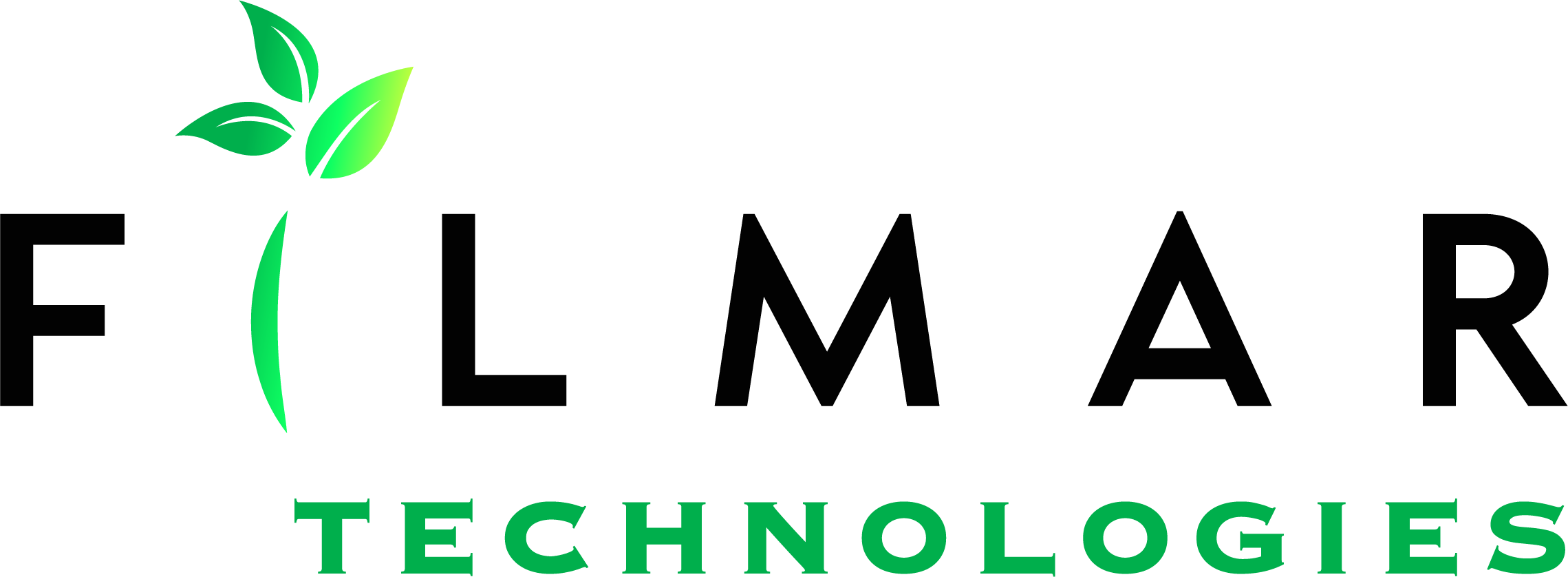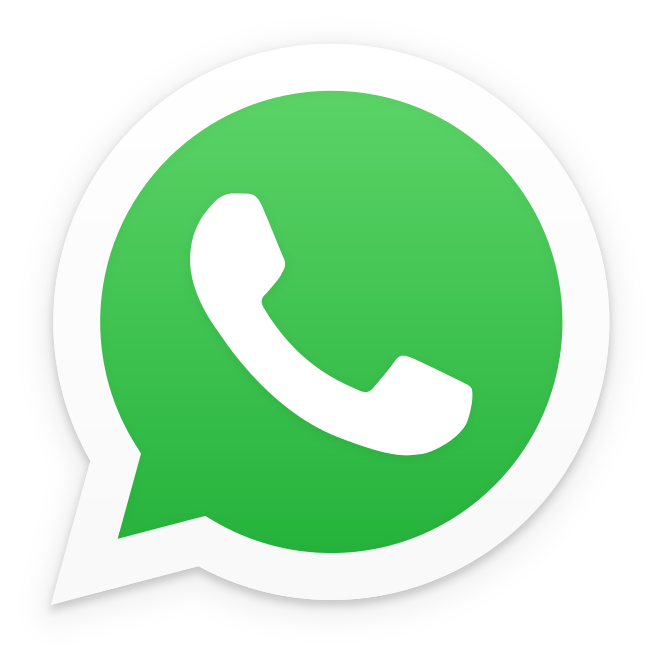As technology continues to improve, it’s crucial that your practice keeps pace with the developments. Out-of-date equipment could make it harder to do your job, potentially lower your confidence in your abilities, and may even increase your chance of making a mistake that leads to a costly malpractice suit. But constantly buying new equipment outright can be very costly. If you’re not ready to buy outright, IT equipment leasing and IT equipment loans could help you pay for these upgrades in a more budget-friendly way. We compare these two types of small business equipment financing so you can decide which approach makes sense for your practice.
Filmar ITAD Services standards are the best in the business. Refurbished laptops are all well-known, proven brands such as apple refurbished MacBook, dell refurbished laptops, hp refurbished laptops and many more. With safety and environmental protection in mind, any assets that cannot be reused or repurposed are sent to a local certified refiner who grinds them into bare metals.
IT Equipment Leasing vs. Loans
The difference between IT equipment leasing and IT equipment loans comes down to financing. With a loan, you’re borrowing money to buy the IT equipment yourself, but once you’ve paid it off, you own the asset 100% free and clear.
A lease is more like a long-term rental. The financing company owns the equipment, but your practice gets to use it during the lease in exchange for a monthly payment. At the end of the lease, you could buy the used equipment or return it.
To qualify for either type of IT equipment financing, many lenders require that your practice should have been operating for at least six months and you have a credit score of 575 or higher.
Benefits of IT Equipment Leasing
- Lower upfront cost – With a lease, you aren’t usually required to make a down payment, which allows your practice to rent expensive equipment, like a new Xerox machine, after making your first monthly payment.
- Upgrade equipment more frequently – A IT equipment lease can be as short as a year but typically lasts for about three to five years. At the end of the contract, you can return the old equipment back to the financing company and then upgrade to a brand-new model on another lease. This way your practice keeps up with the very latest IT technology.
- Reduced maintenance cost – Since the financing company technically owns the IT equipment, they want to keep it in good condition and may cover the cost of maintenance and repairs as part of your agreement.
Drawbacks of IT Equipment Leasing
- The long-term cost can be higher – While the initial IT equipment leasing costs can start lower, over time those payments could eventually add up to more than buying the equipment outright. As long as you’re leasing, you’ll always have monthly payments, whereas the payments stop once you’ve paid off the loan.
- Less flexibility with modifications and repairs – You may not be able to make modifications, like mounting other tools to the equipment or adjusting beyond the factory settings, because you’ll be returning the equipment at the end of the lease. You will also need to follow the leasing company’s rules for maintenance and repairs, meaning you can’t hire just anyone you want to fix the equipment when it breaks.
- Doesn’t build practice equity – Paying off a lease doesn’t directly increase the value of your practice because you won’t own the equipment at the end of the agreement. This isn’t to say that leasing doesn’t make your practice more valuable. You’ll deliver a better experience with improved equipment which can lead to more customers. However, you won’t be able to sell the equipment along with your practice.
Benefits of Buying IT Equipment
- Lower long-term cost – While payments on an equipment loan can start more expensive, you will eventually pay off the debt, so you can keep the equipment after payments are done.
- The equipment is yours to sell – Once you’ve paid off the loan, your practice will own another valuable asset that you could later sell one day. In other words, you’re building up equity. It’s like buying your office building versus renting it.
- More flexibility with repairs and modifications – As the equipment owner, you are free to repair and customize the equipment as you see fit. You don’t need approval from the lender.
When Leasing Makes Sense
Leasing can make more sense for equipment that constantly needs to be upgraded. For example, anything electronic, like a computer, is more likely to become obsolete in the future due to technology upgrades.
This type of small business equipment financing is also a good fit for when your own needs might change, like you may move to a larger or smaller office and need differently sized equipment. With a short-term lease, you’d be able to change everything at the end of the contract. Finally, leasing can work out better when funds are tight, especially for relatively newer practices. You can finance the cost of your IT equipment without making a large down payment.
When Buying Makes Sense
On the other hand, if your practice is more established and you know exactly what you need long-term, buying can be a better investment. The IT equipment is yours for the long-haul, it will build your practice value for a future sale, and you have the option to make modifications.
In addition, your long-term cost could end up being significantly lower. Buying can also be a better fit for equipment that is less likely to see technological changes in the immediate future, like examination tables.
As you figure out your plan, don’t forget that you can combine both loans and leases to match your different goals. By working with a qualified lender, you can figure out how to use financing to invest in IT equipment and elevate your practice in many other ways.
[contact-form][contact-field label=”Name” type=”name” required=”1″][contact-field label=”Email” type=”email” required=”1″][contact-field label=”Message” type=”textarea”][/contact-form]





